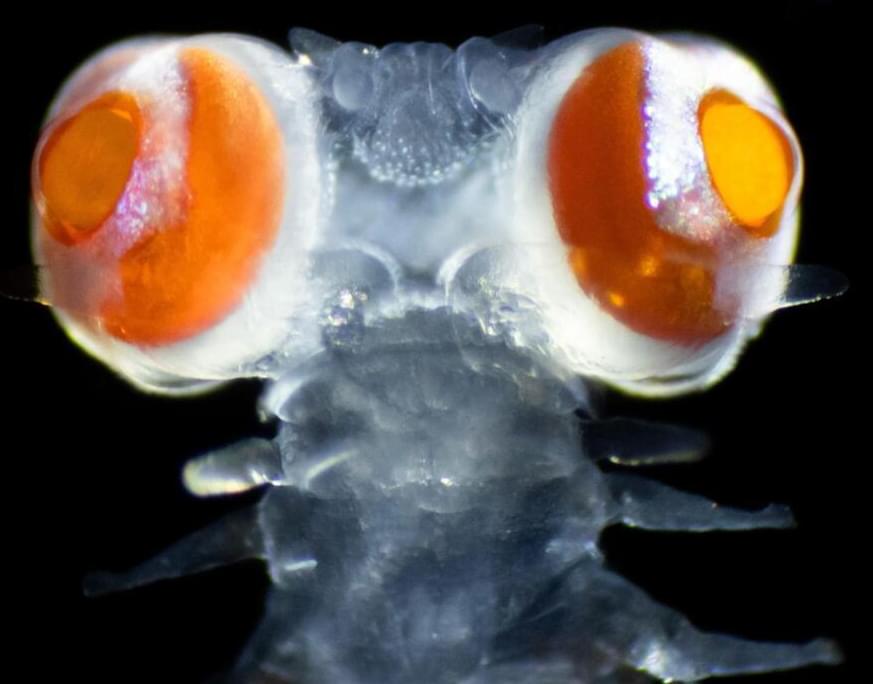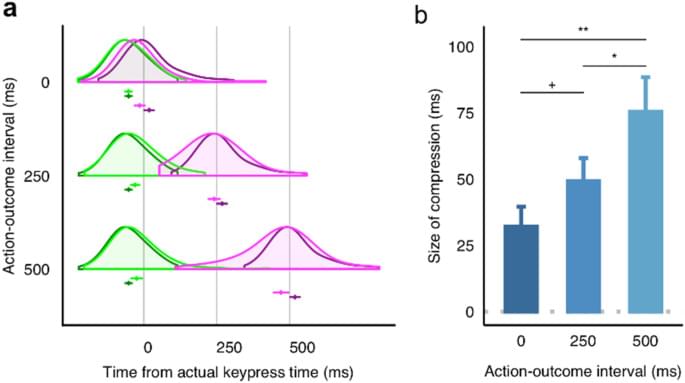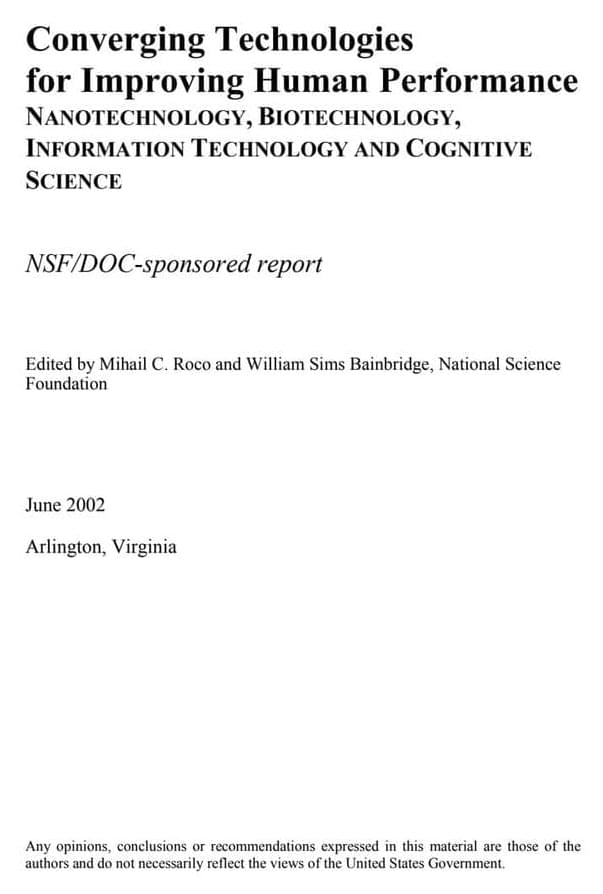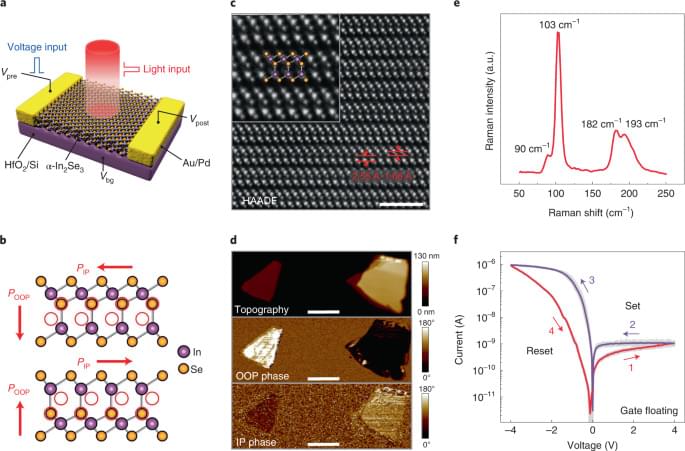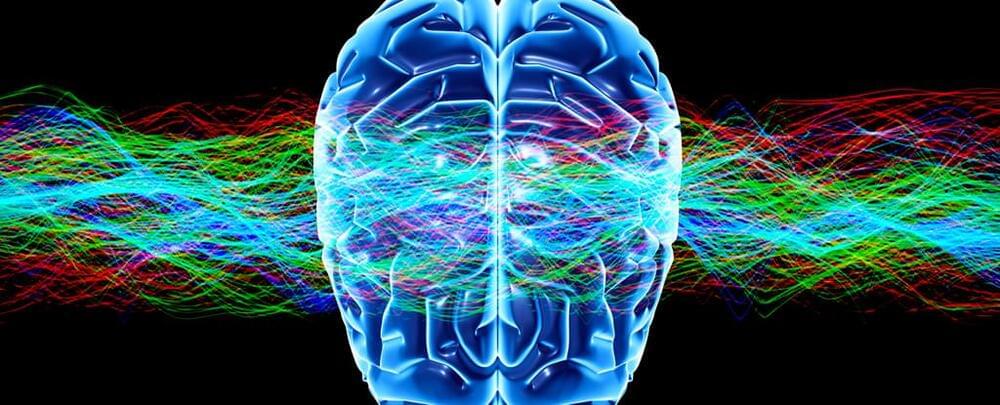Researchers from the University of Copenhagen and Lund University are amazed by the discovery of a bristle worm that possesses eyesight as acute as that of mammals. They suspect that they may have a secretive language, only seen by their own species.
The Vanadis bristle worm has eyes as big as millstones – relatively speaking. Indeed, if our eyes were proportionally as big as the ones of this Mediterranean marine worm, we would need a big sturdy wheelbarrow and brawny arms to lug around the extra 100kg.
As a set, the worm’s eyes weigh about twenty times as much as the rest of the animal’s head and seem grotesquely out of place on this tiny and transparent marine critter. As if two giant, shiny red balloons have been strapped to its body.
